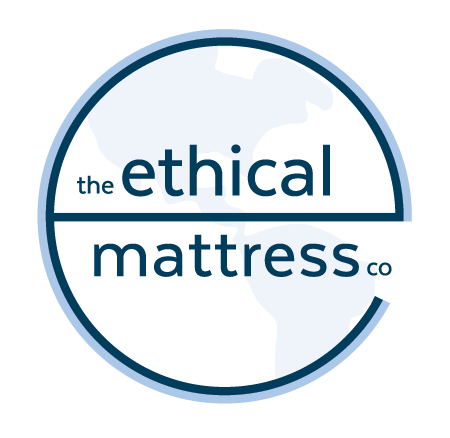More About Natural Latex
What Is Natural Latex?
Natural latex rubber is the original natural, sustainable, and renewable real-world rubber produced without synthetic alteration or chemical treatment. Latex is naturally secreted by certain mature plant species and can be harvested from the same specimens on a regular basis without harming the living plant.
Why Does It Matter?
As we strive to live our lives in a manner aligned with social and environmental accountability, natural latex is growing in popularity as a sustainable, renewable resource and a natural plant-based alternative free of industrial chemicals. It's physical properties of resilience and flexibility make natural latex a superb material with a variety of uses.
Where Does It Come From?
The vast majority of the world's latex is produced thanks to a single tree species: Hevea brasiliensis, commonly known as the Rubber Tree. Latex is secreted each day in small amounts by the Hevea species, and is thought to be a natural evolutionary adaptation that protects the tree from insect predation. A single highly productive tree has a life cycle for producing latex of about 28 years.
Rubber trees are typically planted in large latex collection operations, where trees are tapped once they reach maturity at about five to eight years of age. Tappers then collect latex from each tree as it drips down a metal spout into collection cups. A single tapper can process 200 to 300 trees in a three-hour period.
Latex Mattresses
The latex rubber foam in mattresses is made by one of two processes: the Dunlop process and the Talalay process. Both procedures inject liquid latex into a mold and allow it to set in layers. But while the Dunlop method stops there, the more intensive Talalay process adds two steps to make the resulting latex more consistent.
Dunlop Latex vs Talalay Latex
In the Dunlop production process, first invented in the early 20th century, latex is poured into molds, vulcanized, and allowed to dry. In the early days, particulate settling would lead to a Dunlop latex foam that was firmer and denser on one side than the other. These days, with improvement in manufacturing techniques, that unevenness is minimal or even nonexistent.
In the Talalay production process, the latex is first whipped for aeration, then poured into molds where it's flash-frozen and subjected to vacuum suction. The result is a softer material that is more consistent and more expensive than Dunlop.
Both Dunlop and Talalay foams are available in a range of densities and firmnesses, from soft to firm.
Synthetic Latex vs Natural Botanical Latex
Not all latex foam beds are created equal. Mattresses that use synthetic latex foams tend to be less resilient and less comfortable, and may break down more quickly. Pure synthetic latex is such a poor-quality mattress material that you'll rarely find it on the market, but you will commonly find blended latex that is usually 70% synthetic and 30% natural.
Never be afraid to ask how the latex for your mattress was produced and purchased. When you know your latex is 100% natural and was manufactured by hand using methods designed to sustain both the environment and the people who work the land, you'll find you really do sleep better at night.
